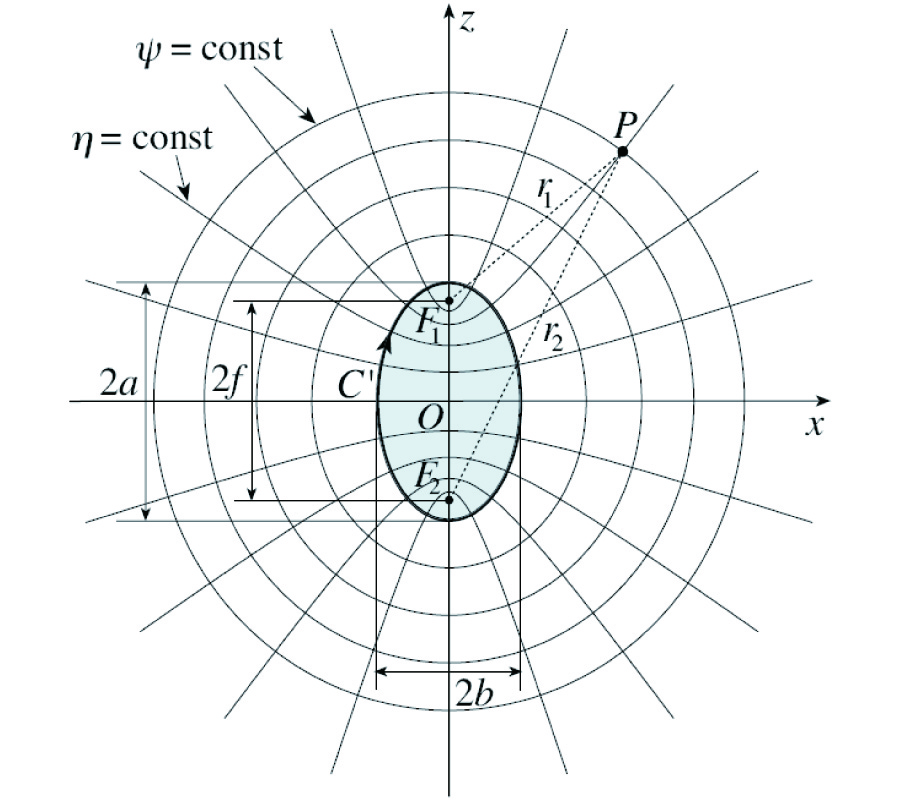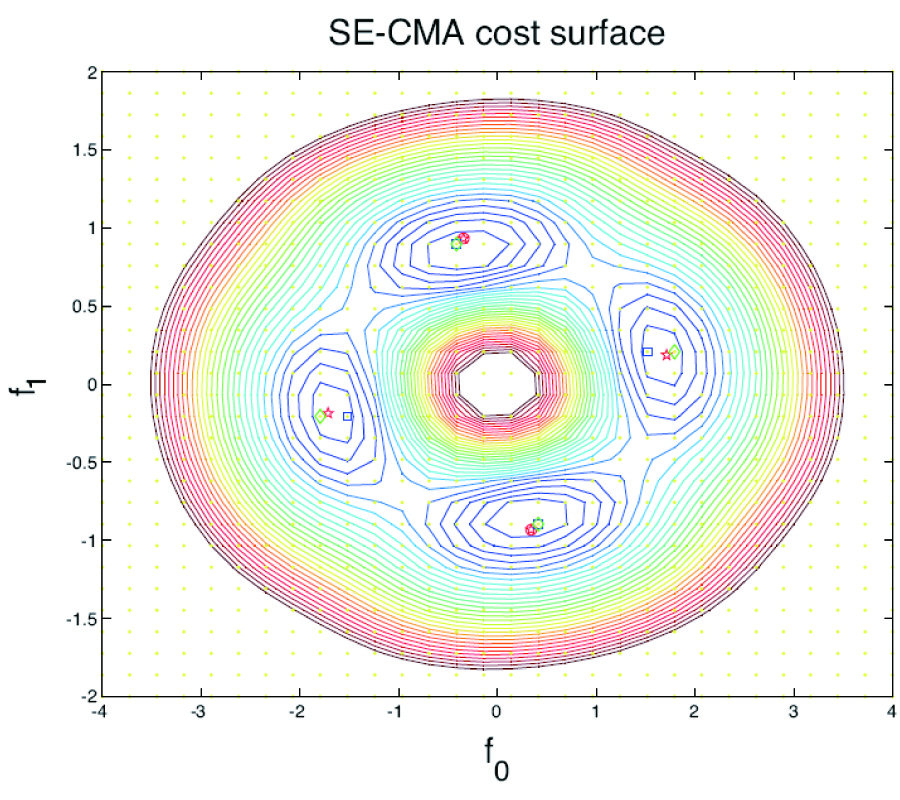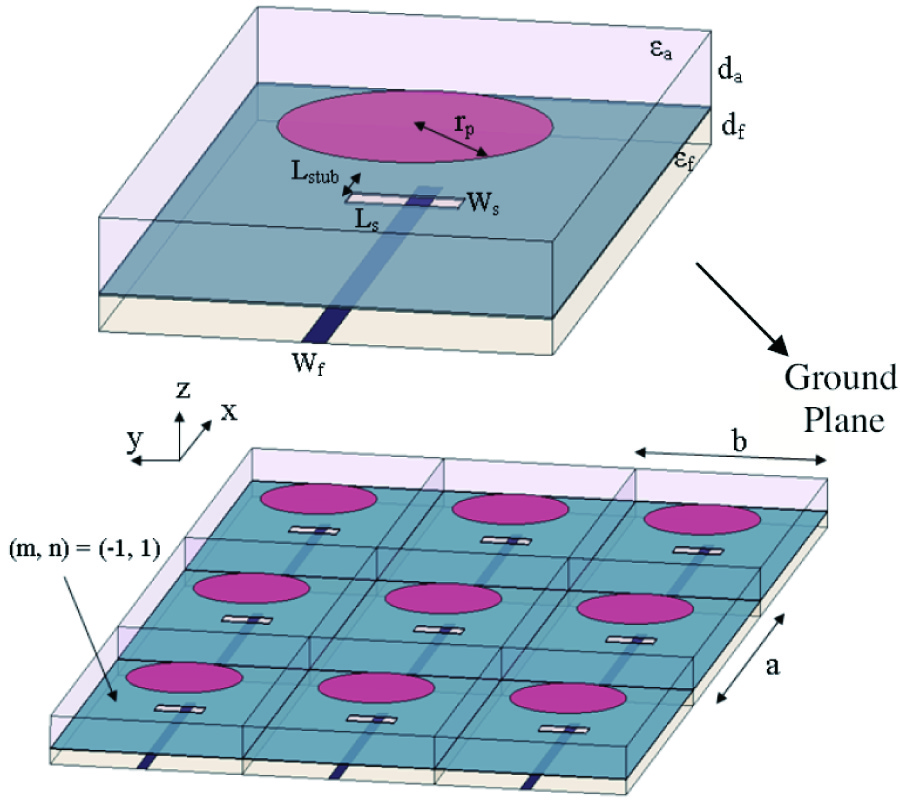Interference Analysis of UHF RFID Systems
Do-Yun Kim,
Hyun-Goo Yoon,
Byung-Jun Jang and
Jong-Gwan Yook
In this paper, RFID reader-to-reader interference is analyzed from the point of view of interrogation range. To evaluate RFID interference quantitatively, the new figure-of-merit, interrogation range reduction ratio (IRRR), is defined. In order to show the usefulness of IRRR, its value is calculated in various environments. Additionally, the calculated IRRR values are verified by measurements using two RFID readers and an RFID tag. IRRR can be referred to an important design parameter to analyze more complex interfering problems in instances of actual RFID system deployment.




















